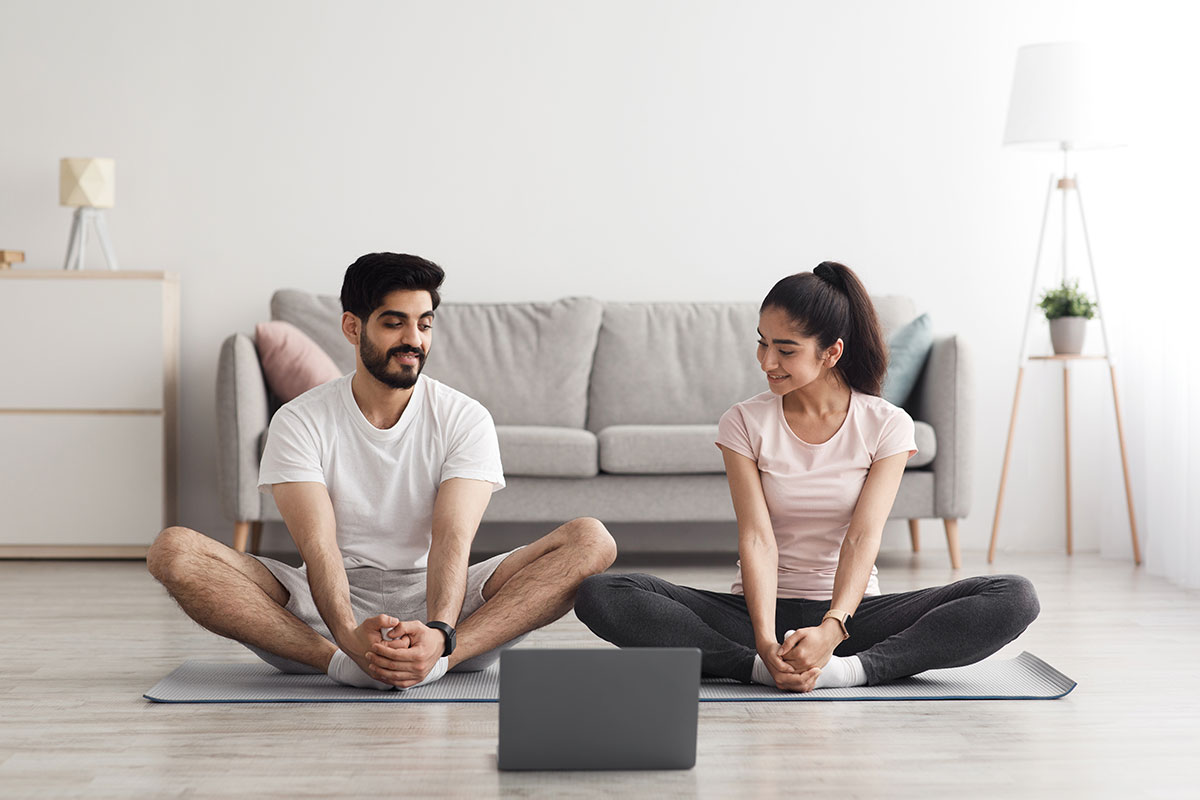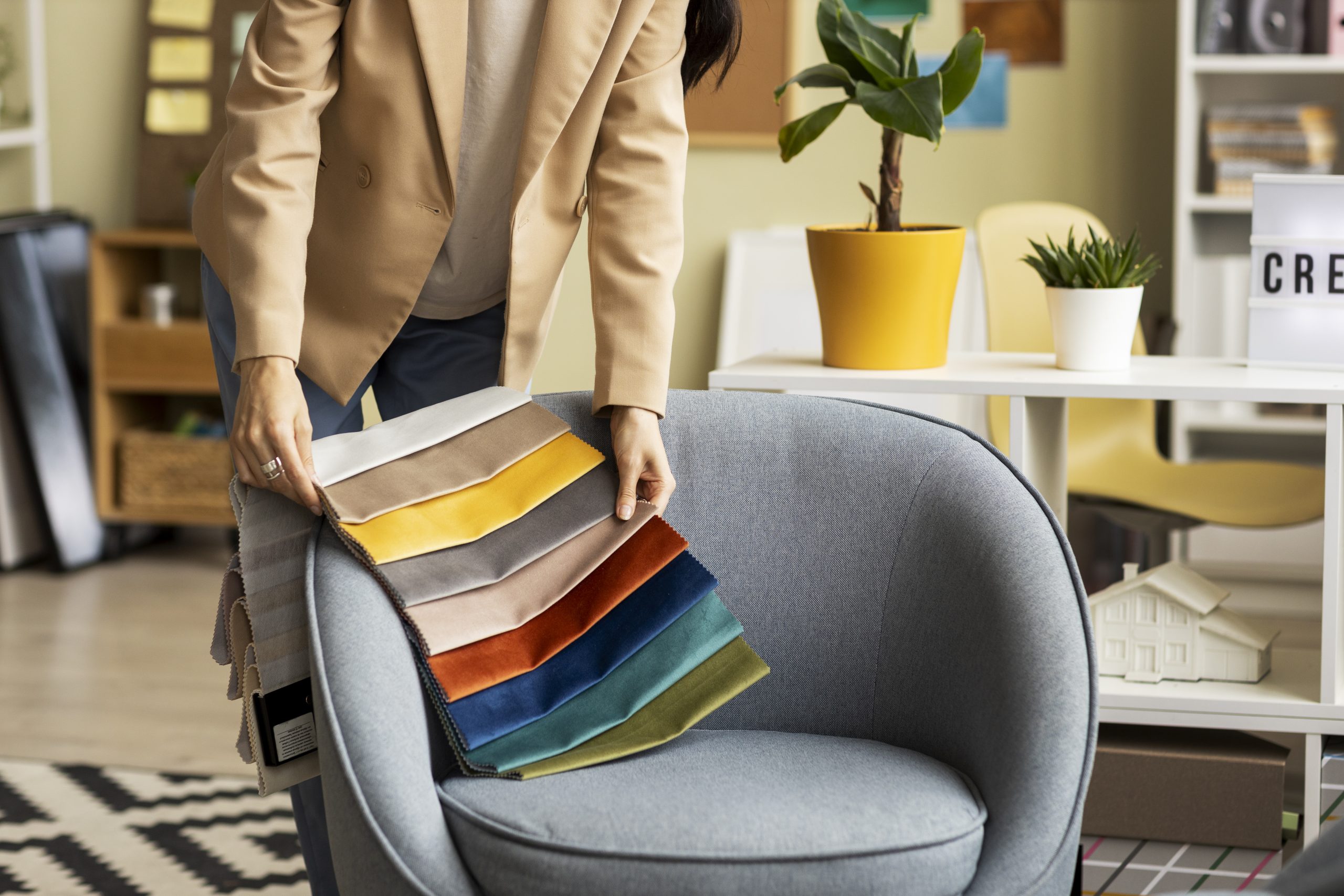The Emotional Impact of Your Environment
Your home is more than walls and furniture — it’s the backdrop of your daily story. The space you live in directly shapes your energy, focus, and creativity. When you walk into a room that feels intentional and harmonious, it calms your mind and boosts your mood.
Even in small apartments or studio spaces, thoughtful design can create a sense of abundance. It’s not about square footage — it’s about atmosphere. The secret? Every inch has a purpose and every detail contributes to how you feel.
Playing with Light, Mirrors, and Airy Tones
Light is the most transformative tool in interior design — and it costs nothing to use wisely. Start by maximizing natural light. Keep window treatments light and sheer; heavy drapes block both light and energy. Mirrors are another underrated design hero. Place them strategically across from windows to reflect sunlight and visually double the space.
When it comes to colors, choose airy tones — whites, beiges, soft grays, and pastels — to make walls recede and create a sense of openness. You can still play with depth by adding contrast through artwork, plants, or textured accessories. Think “bright, not bland.”
Furniture That Does Double Duty
In small spaces, every piece of furniture should earn its keep. Opt for multi-functional designs:
- A storage ottoman that doubles as seating.
- A fold-down desk that transforms into a dining table.
- A sofa bed that offers comfort without compromise.
- Floating shelves that serve as both decor and storage.
This isn’t about minimalism; it’s about smart design. By reimagining function, you free up space for what truly matters — flow, movement, and ease.
Layering Textures for Coziness
A common misconception is that small spaces can’t feel luxurious — but texture changes everything. Layering textiles adds depth and warmth without cluttering the visual field. Combine linen curtains with a knit throw, velvet pillows with woven rugs, or wood accents with soft lighting. The goal is to engage the senses — touch, sight, and even sound (think of soft rugs that mute echo).
Texture builds personality. Even a neutral palette becomes rich when materials contrast — smooth and rough, matte and glossy, soft and structured.
Storage Tricks That Look Chic
Clutter is the enemy of serenity — especially in small spaces. But storage doesn’t have to be hidden or boring. Here are a few designer-approved storage hacks that elevate your decor while keeping it functional:
- Use decorative baskets or woven bins to store blankets and books.
- Choose open shelving with styled arrangements (group by color or texture).
- Add under-bed drawers for seasonal clothing.
- Hang hooks and pegboards to display jewelry, hats, or kitchen tools as decor elements.
When everything has a home, your space feels bigger — and your mind, clearer.
Low-Cost DIY Decor
Luxury doesn’t always come from a store; sometimes it comes from creativity. DIY projects are a budget-friendly way to infuse your personality into your home. Some ideas to try:
- Frame fabric samples or wallpaper cutouts for affordable wall art.
- Repaint an old dresser with a fresh matte finish and modern hardware.
- Create a gallery wall using thrifted frames.
- Repurpose glass jars as planters or candle holders.
The key is to blend imagination with intention — DIY doesn’t have to look “crafty.” Done thoughtfully, it looks curated and bespoke.
Minimalist Color Palettes That Expand Space
Color psychology plays a huge role in how spacious a room feels. Stick to cohesive color schemes with no more than three main tones. Light neutrals (like ivory or sand) expand walls visually. Add warmth with natural accents — wood, clay, or brushed gold. If you crave color, choose soft muted tones like sage green, dusty blue, or blush — they add life without overwhelming the room.
Consistency across rooms also creates a sense of flow, making your entire space feel larger and more unified.
Before & After Inspiration
There’s nothing more satisfying than a small-space transformation. Imagine turning a cramped studio into a cozy retreat simply by rearranging, repainting, and decluttering.
Before: mismatched furniture, dark curtains, and cluttered shelves.
After: cohesive tones, a mirror wall, layered lighting, and smart storage.
It’s not about spending more — it’s about seeing potential. Every “before” photo is a blank canvas waiting for creativity to reimagine it.
Your Personal Style Corner
Every home deserves a signature — a corner that reflects you. It could be a reading nook, a vanity table, or even a single wall that tells your story. Decorate it with intention: a favorite photo, a candle that calms you, a plant that thrives in your light. This small corner becomes your daily reminder that your space is an extension of your identity — proof that beauty doesn’t require size or budget, only care and creativity.
Final Thought
Small spaces aren’t limitations — they’re opportunities. They teach us design discipline, creativity, and the value of intentional living. When every item, color, and corner has purpose, your home feels expansive — not because it’s large, but because it’s yours.
Small space. Big style. Infinite possibility.


